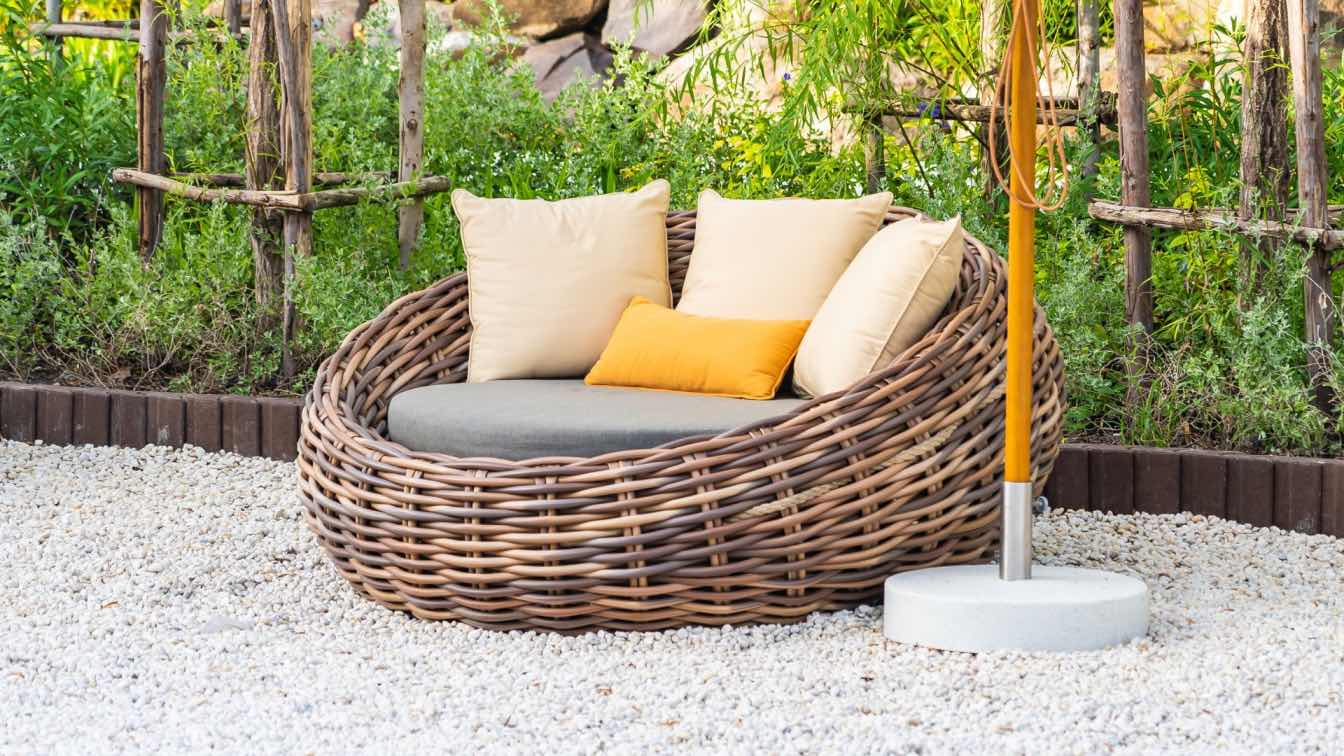In today’s world, people are becoming more aware of how their choices affect the planet. One of the most important ways we can protect the environment is by being careful about the things we buy for our homes. Among these choices, eco-friendly furniture plays a big role in creating a cleaner, greener world. It not only looks good in your home but also helps reduce pollution, waste, and damage to the planet.
This article explains in simple terms what is eco-friendly furniture, how it is made, why it matters, and how you can choose the right pieces for your home. You will also find answers to common questions about sustainable furniture at the end.
Understanding Eco-Friendly Furniture
Eco-friendly furniture is made using materials and processes that are kind to the environment. It focuses on reducing harm to nature during production, use, and disposal. This means fewer trees are cut down, less waste goes into landfills, and harmful chemicals are avoided.
Such furniture is built to last longer, which also helps reduce the need to replace it often. The goal is to create beautiful, comfortable, and durable pieces without hurting the planet.
Why Eco-Friendly Furniture Is Important
Eco-friendly furniture contributes to environmental protection by reducing the demand for virgin materials and limiting deforestation and habitat loss. When new materials like fresh wood are not used as much, fewer trees need to be cut down. This helps protect forests, animals, and natural resources.
It also helps lower the carbon footprint. Regular furniture production can involve heavy use of energy, water, and harmful chemicals. Sustainable options use recycled or reclaimed materials, which require less energy and reduce pollution.
By choosing eco-friendly furniture, consumers support companies that care about the planet and promote responsible business practices.
Main Features of Eco-Friendly Furniture
Here are the main qualities that make furniture environmentally friendly:
- Sustainable Materials
- Made from renewable resources like bamboo, cork, or sustainably harvested wood.
- Uses recycled metals, plastics, and fabrics.
- Avoids synthetic materials that take a long time to decompose.
- Non-Toxic Finishes and Glues
- Uses natural oils, waxes, or water-based paints instead of chemical finishes.
- Reduces indoor air pollution by avoiding toxic fumes from adhesives and coatings.
- Durability and Longevity
- Built to last for many years, reducing waste and saving money.
- High-quality craftsmanship ensures strength and reliability.
- Recyclability and Reusability
- Designed in a way that allows the furniture to be easily repaired, reused, or recycled.
- Avoids unnecessary mixed materials that make recycling difficult.
- Ethical Manufacturing
- Produced in factories that follow fair labor standards.
- Companies ensure that workers are paid fairly and work in safe conditions.
Common Materials Used in Eco-Friendly Furniture
Here are some of the most popular materials that are used in making sustainable furniture:
- Bamboo
- Grows very fast, making it one of the most renewable resources.
- Strong, lightweight, and naturally resistant to pests.
- Reclaimed Wood
- Wood taken from old furniture, barns, or buildings.
- Reduces the need for cutting down new trees and gives a rustic, unique look.
- Recycled Metal
- Made from reused aluminum or steel.
- Saves energy compared to producing new metal from raw materials.
- Cork
- Comes from the bark of cork oak trees, which regrow after being harvested.
- Naturally resistant to moisture and adds warmth to interiors.
- Organic Cotton and Hemp Fabrics
- Used for cushions, sofas, and chairs.
- Grown without harmful pesticides, keeping the environment clean.
How Eco-Friendly Furniture Helps the Environment
Eco-friendly furniture contributes to environmental protection by reducing the demand for virgin materials and limiting deforestation and habitat loss. In addition, it helps in several other important ways:
- Less Waste: By using recycled and reclaimed materials, less waste ends up in landfills.
- Energy Savings: Sustainable manufacturing methods use less energy and water.
- Cleaner Air: Natural finishes keep indoor air fresh and free from harmful gases.
- Wildlife Protection: When forests are protected, animals retain their natural habitats.
- Reduced Carbon Footprint: Lower energy use means less carbon dioxide is released into the atmosphere.
How to Identify Eco-Friendly Furniture
When shopping for sustainable furniture, keep these signs in mind:
- Check for Certifications:
Look for labels like FSC (Forest Stewardship Council) or GREENGUARD, which ensure that the product meets environmental standards. - Read Material Descriptions:
Choose furniture made from recycled, reclaimed, or certified wood. Avoid plastics and particleboards that contain toxic glues. - Ask About the Finish:
Choose furniture with natural oils, waxes, or water-based paints. - Support Local Makers:
Buying locally reduces transportation pollution and supports small businesses. - Look for Repairable Designs:
Furniture that can be easily repaired instead of replaced saves money and resources in the long run.
Benefits of Choosing Eco-Friendly Furniture
- Healthier Home Environment
Eco-friendly furniture reduces indoor toxins, keeping your home’s air clean and safe to breathe. - Better for the Planet
Every sustainable choice helps lower global pollution and climate change effects. - Long-Lasting Quality
These products are built with care and tend to last longer than cheap, mass-produced furniture. - Beautiful and Unique Designs
Reclaimed materials and natural finishes often create a more original and stylish look. - Supports Responsible Companies
When you buy from eco-friendly brands, you help businesses that value the environment and ethical labor.
How to Maintain Eco-Friendly Furniture
Taking care of sustainable furniture ensures that it lasts for years. Here’s how:
- Clean Naturally: Use mild, natural cleaning products instead of harsh chemicals.
- Avoid Excess Sunlight: Keep furniture out of direct sunlight to prevent fading.
- Use Coasters and Mats: Protect surfaces from stains and scratches.
- Repair, Don’t Replace: Fix small issues like loose screws or worn finishes instead of buying new pieces.
- Regular Dusting: Keeps surfaces clean and prevents dirt from building up.
Future of Eco-Friendly Furniture
The demand for eco-friendly furniture is growing worldwide. As people understand the impact of deforestation and waste, they are choosing greener options for their homes. Many furniture companies are now adopting sustainable methods, using renewable energy, and creating recyclable designs.
In the future, we can expect more innovation in this field — such as biodegradable materials, zero-waste production, and advanced recycling systems. This change will not only make our homes more stylish but also protect the Earth for future generations.
FAQs About Eco-Friendly Furniture
1. What makes furniture eco-friendly?
Eco-friendly furniture is made from materials and processes that minimize harm to the environment. This includes using recycled or sustainable materials, non-toxic finishes, and energy-efficient production methods.
2. Why should I choose eco-friendly furniture?
Choosing eco-friendly furniture helps reduce deforestation, saves energy, and supports a healthier planet. It also creates a safer home environment free from harmful chemicals.
3. Is eco-friendly furniture more expensive?
While it may cost a bit more initially, it lasts much longer and saves money over time because it doesn’t need frequent replacement.
4. Where can I find eco-friendly furniture?
You can find it at sustainable furniture stores, local craftsmen, or online retailers that specialize in green products. Always check for certifications like FSC or GREENGUARD.
5. Can old furniture be made eco-friendly?
Yes! You can refinish, repaint, or repurpose old furniture using natural materials and eco-safe paints. Reusing items is one of the best ways to help the planet.
6. What materials should I avoid?
Avoid furniture made with particleboard, PVC, or synthetic foams, as they often contain harmful chemicals and are not biodegradable.
7. How long does eco-friendly furniture last?
It can last for many years, often longer than traditional furniture, because it’s made with high-quality, durable materials and excellent craftsmanship.
8. Does eco-friendly furniture look different?
Not necessarily. Many sustainable pieces are stylish and modern. In fact, the use of natural textures and reclaimed materials often makes them more beautiful and unique.
Conclusion
Eco-friendly furniture is a smart and responsible choice for anyone who wants to live sustainably. It helps protect forests, save energy, reduce waste, and keep our homes healthy. When you choose eco-friendly options, you are not just decorating your home — you are contributing to a cleaner, greener planet.
Making simple, conscious choices today can lead to a brighter and safer future for everyone. So, the next time you think about buying new furniture, remember to choose sustainability over convenience and beauty with purpose.










